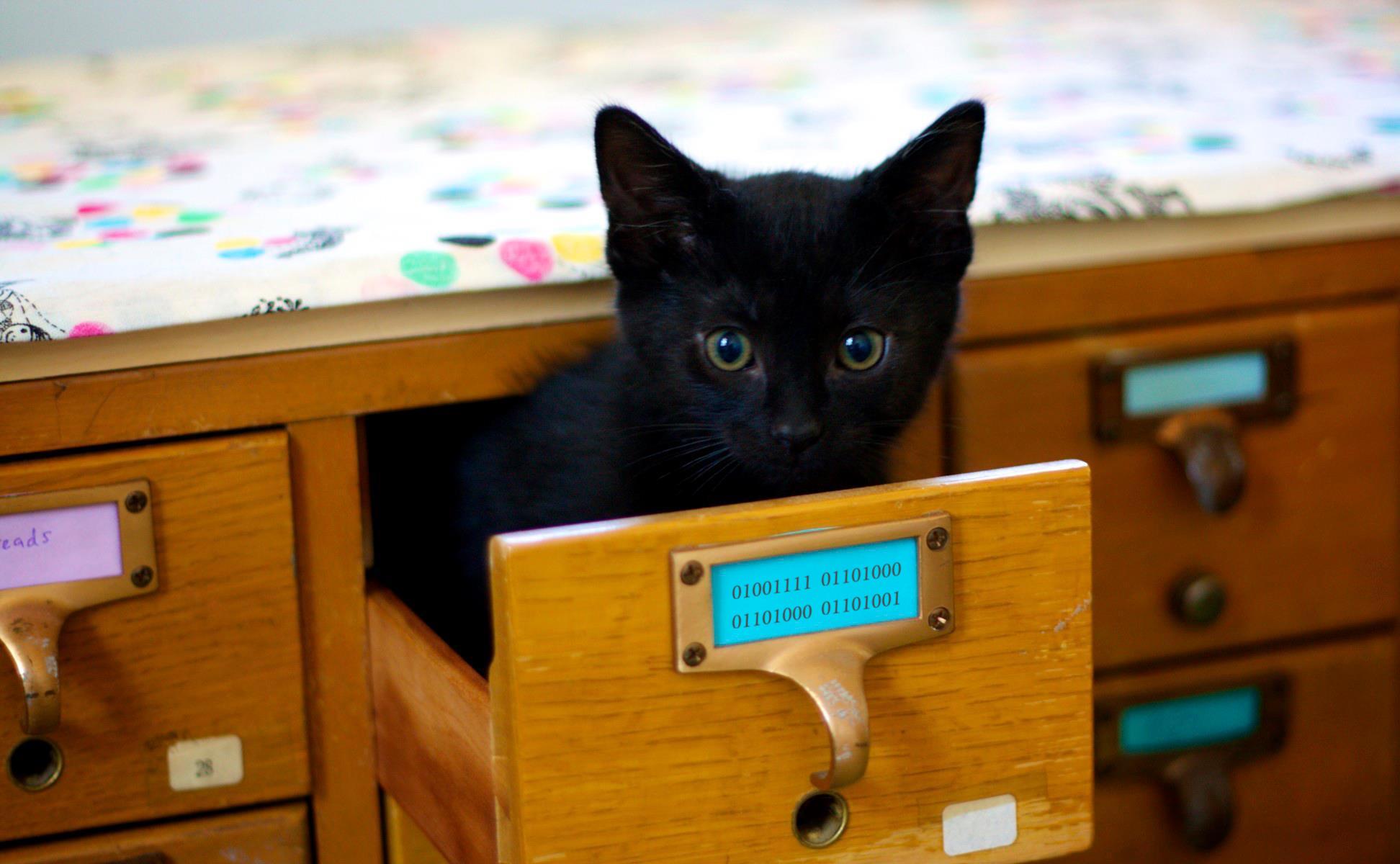Up until this semester, I held a close-minded disposition towards literature and the various products that are generated from it, especially written works. I used to regard literary works- copies of text printed and published made accessible to society- as mere inanimate objects, something hard-bound and concrete. To me, these were the finalized products in which their authors were certain, confident of their creation and their ‘final say.’ But, then I was introduced to a whole new perspective, completely the opposite of this previous mindset I had exhibited. I learned of the concept of fluidity and its relation to literature. The dictionary states that something ‘fluid’ is “changing readily; shifting; not fixed, stable, or rigid.” This concept, I learned, can certainly be applied to literature, and the process of publishing literary works. As a result, my previous self’s perception of literature and what goes into the process of creating the final version of a text completely transformed due to my enlightenment of fluidity. The renowned literary work Walden, written by Henry David Thoreau is a perfect representation of fluidity, and has helped influence my new perspective on literature.
Before I explain the concept of fluidity within Walden, it’s essential for me to provide some brief background information on the text and its author. Thoreau’s ambition in writing Walden was to provide a carefully chronicled account of his experience in living in a cabin he had built in the seclusion by Walden Pond in Concord, Massachusetts. The work itself reflects his transcendentalist outlook on life, his appreciation of simple living and nature, and the emphasis put on being self-reliant of oneself. Ultimately, Walden was a reflection of Thoreau himself and his personal growth and development during his time in seclusion by the pond. By reading his work, we are able to share in his personal findings, observations, and means of discovery throughout his journey. With this in mind, the concept of fluidity in relation to Walden makes itself present in Thoreau’s initial process of writing and publishing it which in turn, has helped inspire my new outlook on literature and the production of it.
It’s important to note that the writing process before the publishing of Walden included various revisions of its manuscript by Thoreau. Author Robert Sattelmeyer on his essay on “The Remaking of Walden” sheds light on the true extent of Thoreau’s writing process. In 1850, Thoreau had a manuscript on Walden, but it was only a form of its earliest stage in progress, not quite entirely reflecting his experiences at the pond. He later added partial revisions to this version, but didn’t revise it as a whole until 1852. By the time the final draft was published in 1854, it had undergone seven manuscript drafts, mainly partial and incomplete (Sattelmeyer 58). The revisions themselves ranged from something as simple as the alteration of single words and the deletion of sentences to something substantial, such as the introduction of new passages and chapters (Sattelmeyer 59). Although the final version was printed and published, Sattelmeyer encourages readers not to regard it as “fixed,” or concrete, because Thoreau and his work shared a correlation with each other. As Thoreau developed, so did his writing (Sattelmeyer 75). In this case, Walden resembles a true fluid text, in which Thoreau was consistently molding and shaping it into what it stands as its true form today. Walden in its fluid text edition is even open to the public now where readers are able to analyze and compare the changes and modifications Thoreau made to his work.
The concept of fluidity in connection with Thoreau’s writing process of Walden encouraged me to regard literature and its products in a new light. Fluidity is common in the everyday world; in fact, it exists everywhere in our daily lives. Fluidity in itself is a discipline, many of us have to learn not to be so rigid, be accepting of change, and be capable of dealing with the many obstacles that we encounter on a daily basis that frequently throw us off from leading “stable” lives. Literature, too, is reflective of this, it’s reflective of us as people. In this sense, literary works hold a strong resemblance to the creation of art, and ultimately, it is a type of art. Although not translated in paint and brush, it expresses the author’s wishes, their feelings, observations, and experiences, just like Walden. Due to my newfound perspective of a literary work as something not rigid and fixed, but as an evolutionary process, I’ve found a deeper appreciation for literature and the process of publishing it. The time that is required to write something that is as extensive as Walden requires trial and error. Not only that, but Thoreau’s mind was fluid in itself, constantly adapting, shifting, evolving, and finding new outlooks and perspectives that he attempted to transfer onto paper. Consequently, this new outlook has taught me to embrace fluidity in my life, rather than try and suppress it, because it was seven partially written and revised manuscripts that resulted in one of Thoreau’s greatest successes.
